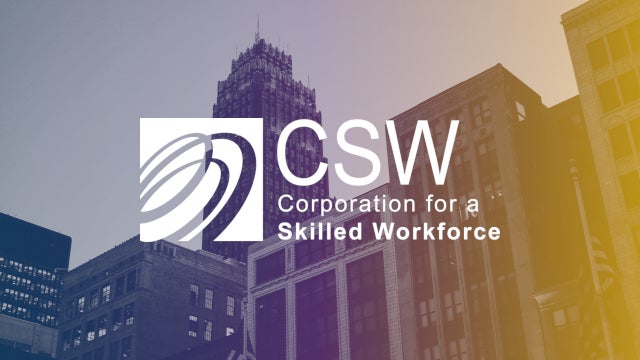Promoting job quality while introducing automation into the manufacturing sector is something both employers and labor activists agree is a priority for the competitiveness of the American economy. Policymakers can reduce the risks of automation, future-proof the manufacturing workforce, and increase worker retention in manufacturing by establishing job quality-centered procurement criteria, incentivizing upskilling, and supporting initiatives like NIST’s Manufacturing Extension Partnership (MEP).
AI and other automation technologies are rapidly evolving and offer the potential to spur innovation in manufacturing, improve economic productivity, and create high-value jobs. However, the hasty deployment of AI can also lead to risks from reduced human oversight, deskilling of workers, and discrimination against older workers and people of color, exacerbating existing inequalities in the manufacturing ecosystem.
A critical concern with AI in manufacturing is its potential to exacerbate labor market inequalities and displace skilled labor. Digital automation has contributed to labor market inequality since the 1980s, particularly impacting workers through job losses or wage declines.
- The Center for Economic Studies found that as many as 64% of US workers and 72% of manufacturing workers are exposed to technologies like AI, robotics, and specialized software.
- More than 260,000 manufacturing jobs have been lost (around 2% of today’s manufacturing workforce) in the US since 2000 as employers deployed robotics, according to an Oxford Economics study.

